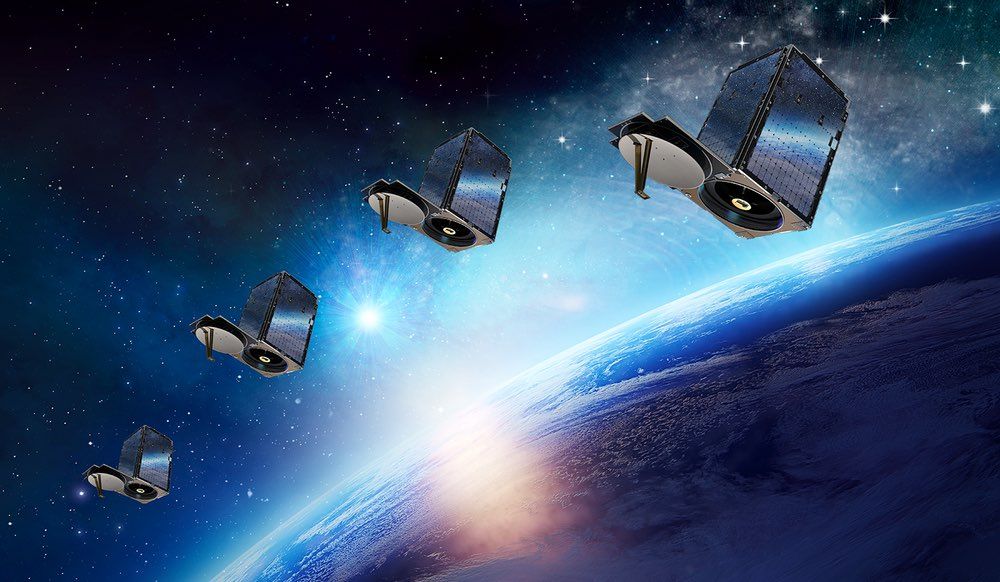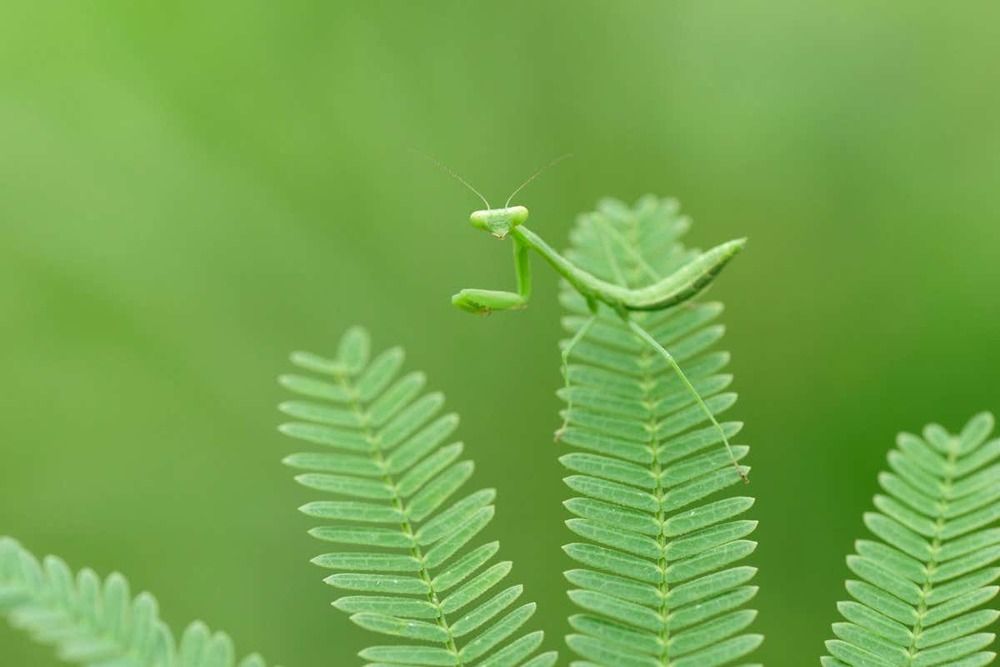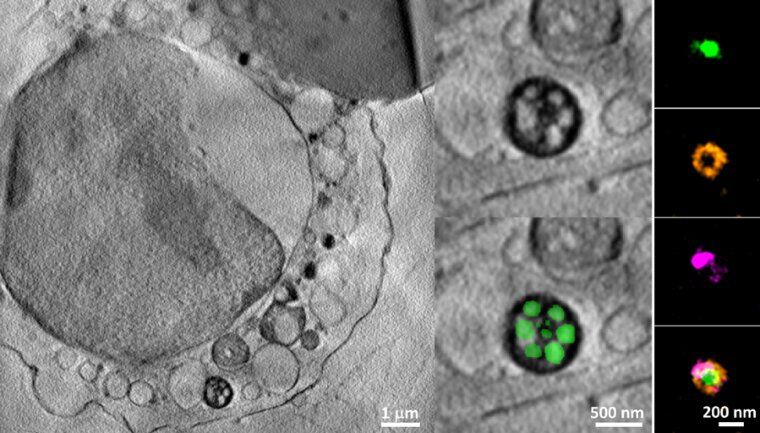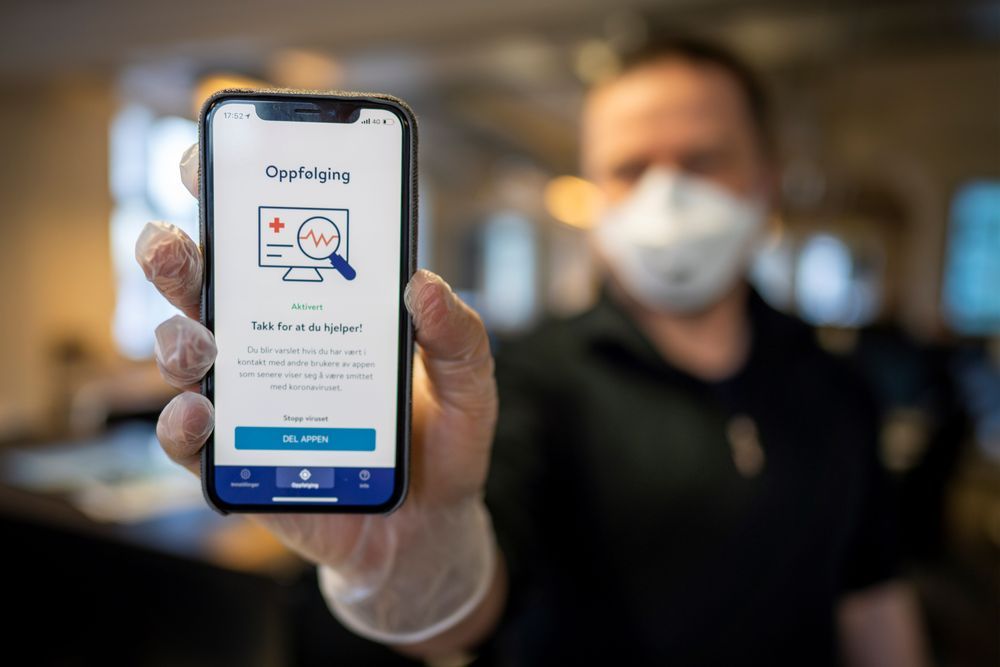Deep reinforcement learning has trained AIs to beat humans at complex games like Go and StarCraft. Could it also do a better job at running the economy?
By
 Tony Webster / Flickr.
Tony Webster / Flickr.

Deep reinforcement learning has trained AIs to beat humans at complex games like Go and StarCraft. Could it also do a better job at running the economy?
By
 Tony Webster / Flickr.
Tony Webster / Flickr.


WASHINGTON — Planet announced that its next six SkySat satellites will fly to low Earth orbit on SpaceX Starlink missions scheduled later this summer.
The six SkySats will be evenly split across two launches on SpaceX’s Falcon 9, Planet said May 13 in a news release. Planet’s spacecraft will be rideshare payloads on the Starlink launches.
The first three — SkySats 16–18 — will launch on SpaceX’s ninth Starlink mission expected to launch in June. The next three — SkySats 19–21 — will launch later this summer. Both missions will lift off from Cape Canaveral Air Force Station in Florida.


Scientists at the Kennedy Institute of Rheumatology in the Nuffield Department of Orthopaedics, Rheumatology and Musculoskeletal Sciences have discovered a new way for T cells to attack cells infected by viruses or deranged by cancer.
Published online by the journal Science on Thursday 7 May 2020, the new research from the Dustin Group describes the structure and composition of supramolecular attack particles (SMAPs) and their role in killing targeted cells.
Cytotoxic T lymphocytes (CTLs) are essential components in the immune response against viruses and cancer. CTLs are known to recognise infected or damaged cells and release soluble protein molecules, which create perforations in the membrane of the targeted cell. These holes allow toxic enzymes to enter and initiate a self-destruct program, killing the targeted cell (cytotoxicity).
Judging by the heatsinks, that system could preheat Huang’s oven by itself.

Natasha Vita-More discussion regarding Transhumanism.
Transhumanism – The Future Of Mankind.

Got a bran new warp drive update, and there is a pdf that gives parameters:
. Consider the following to help illustrate the point – assume the spacecraft heads out towards Alpha Centauri and has a conventional propulsion system capable of reaching 0.1c. The spacecraft initiates a boost field with a value of 100 which acts on the initial velocity resulting in an apparent speed of 10c. The spacecraft will make it to Alpha Centauri in 0.43 years as measured by an earth observer and an observer in the flat space-time volume encapsulated by the warp bubble.
So, with a few slower than light models, like using antimatter, allowing half the speed of light, that would mean 50c.
Is NASA really working on… a warp drive? An internal feasibility report suggests the agency might be, or at least that the idea of traveling through folded space is part of the NASA interstellar spaceflight menu.
